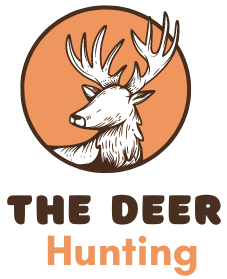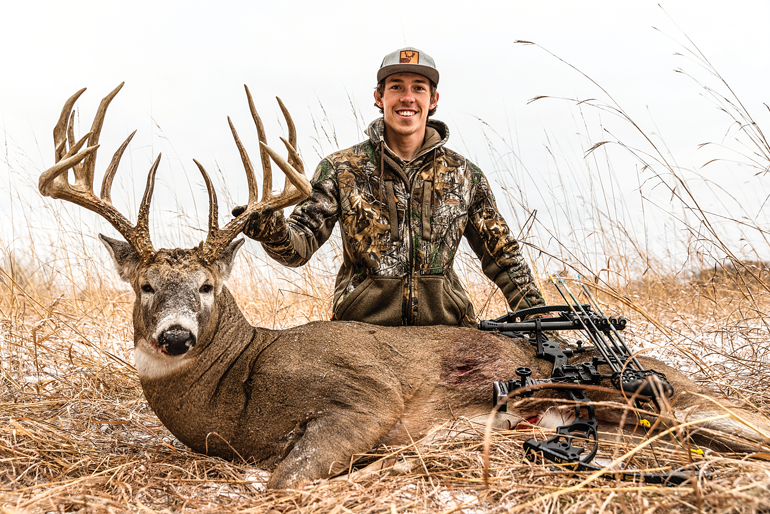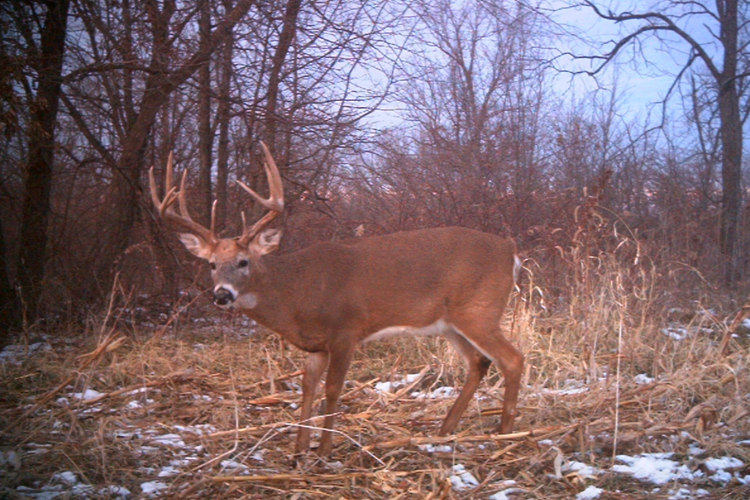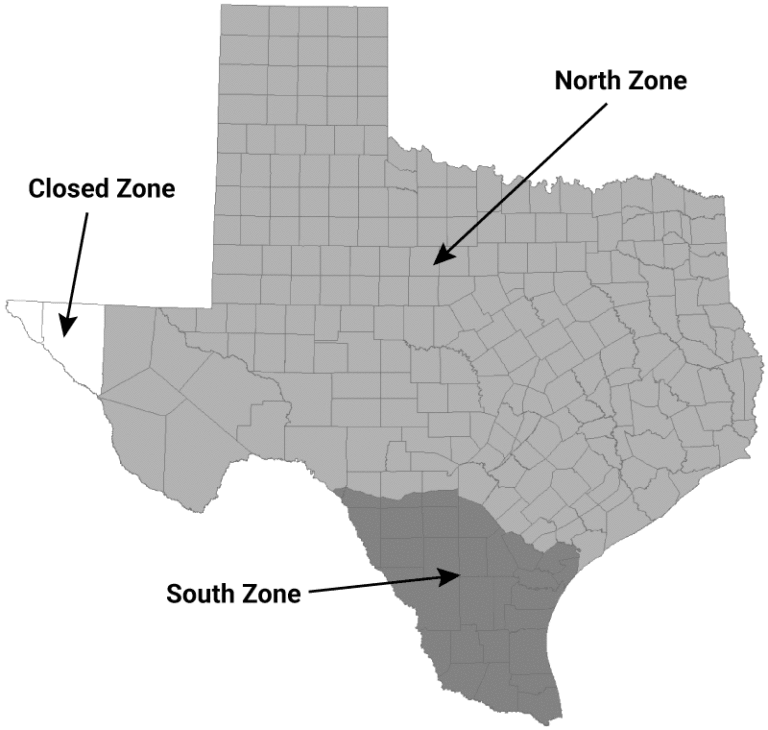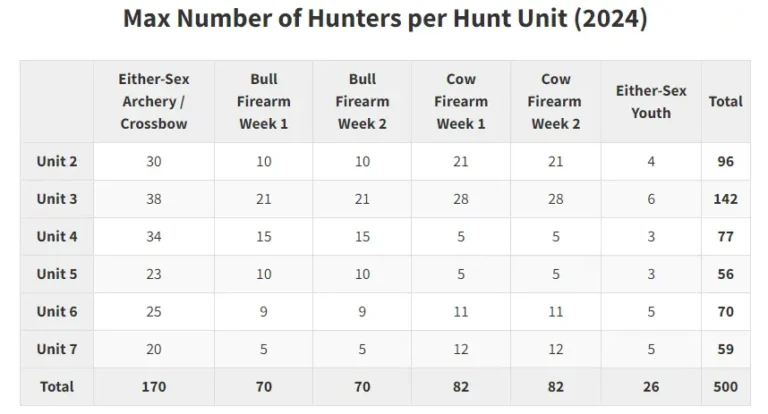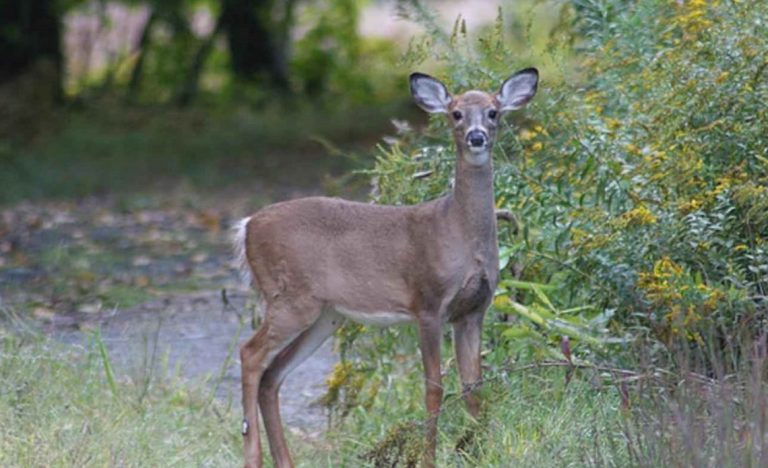When Does Deer Hunting Start in Minnesota: Essential Dates & Tips
Deer hunting season in Minnesota typically starts in early November. Specific dates can change based on the year and hunting zone.
Minnesota is a hunter’s paradise, especially in the fall. The crisp air and colorful leaves create the perfect setting for deer hunting. But knowing the exact start date is crucial for planning. Minnesota’s Department of Natural Resources (DNR) sets these dates, which vary by zone and type of hunting (archery, firearm, muzzleloader).
Each year, eager hunters prepare their gear and scout the best locations. This blog will guide you through the general schedule and important details. Understanding these dates ensures a successful and legal hunting season. Keep reading to learn when you can head out for deer hunting in Minnesota.
Introduction To Deer Hunting In Minnesota
Deer hunting in Minnesota is a cherished tradition for many. Every year, hunters eagerly await the start of the season. They prepare their gear and scout the best locations. The excitement builds as the date approaches. This activity connects people to nature and their heritage.
Importance Of Deer Hunting
Deer hunting holds great importance in Minnesota. It helps control the deer population. This is crucial for maintaining a balanced ecosystem. Overpopulation can lead to habitat destruction. Hunting also provides a source of food for many families. Deer meat is lean and nutritious.
Deer hunting supports the local economy. Hunters buy licenses, gear, and supplies. They often travel and stay in local accommodations. This brings revenue to small towns and rural areas. Hunting fosters a sense of community. Families and friends bond over shared experiences in the wild.
Overview Of Hunting Seasons
In Minnesota, deer hunting seasons vary. There are different seasons for archery, firearms, and muzzleloaders. Archery season usually starts in mid-September. Firearms season begins in early November. Muzzleloader season starts in late November. Each season has specific dates and regulations.
Hunters must follow these regulations closely. This ensures safety and sustainability. The Department of Natural Resources (DNR) provides detailed information. They offer guidelines on bag limits and hunting zones. It’s crucial to check the latest updates before heading out.
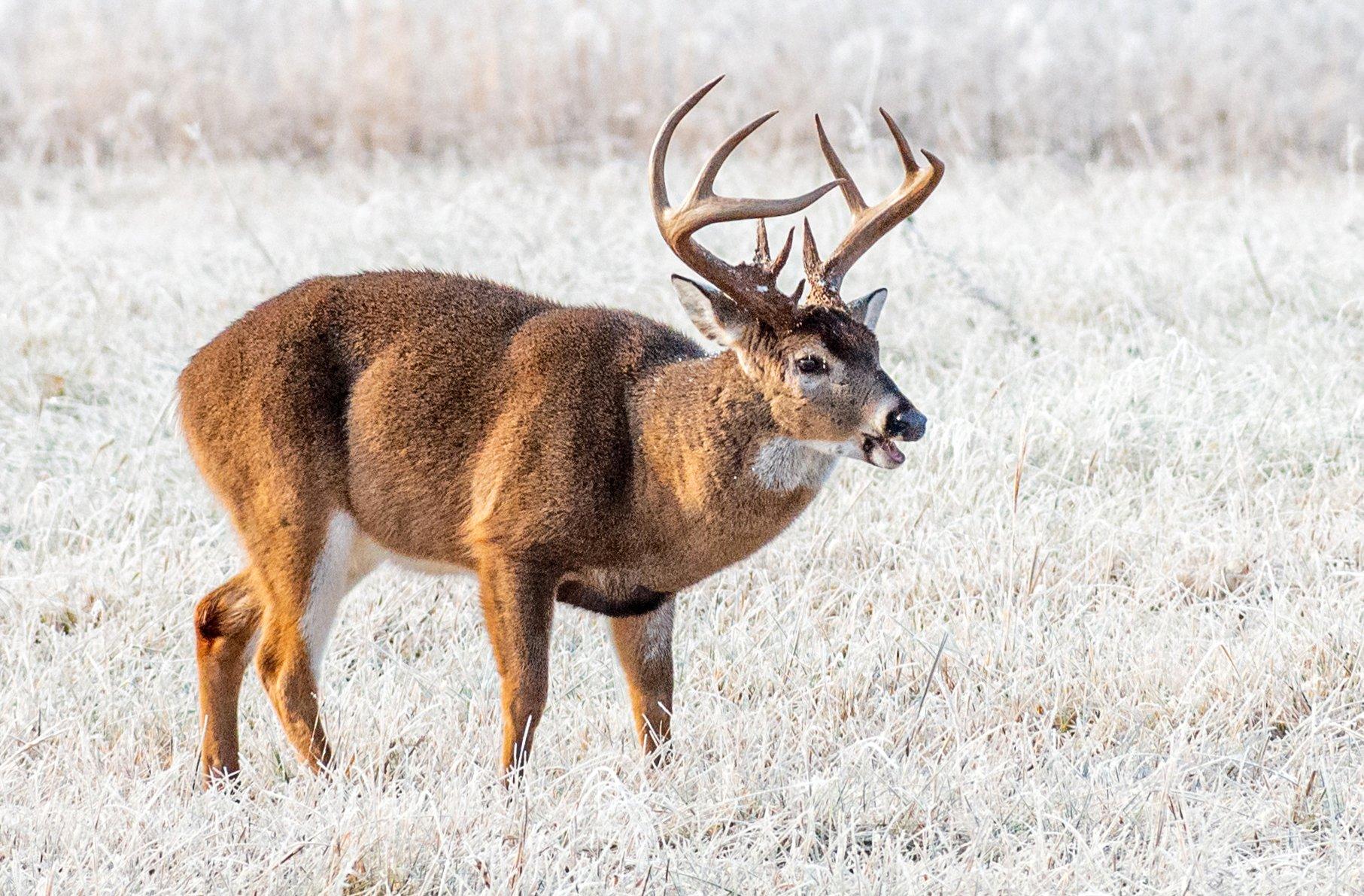
Credit: realtree.com
General Hunting Season Dates
When planning a deer hunting trip in Minnesota, understanding the general hunting season dates is crucial. These dates are divided into three main categories: archery, firearm, and muzzleloader seasons. Each season has its own unique start and end dates, providing various opportunities for hunters. Let’s explore these seasons in detail.
Archery Season
Archery season in Minnesota usually begins in mid-September and lasts until the end of December. This season offers hunters a long window to pursue deer using bows and crossbows. It’s a great time for those who prefer a quiet and challenging hunt. Here are some key dates to remember:
- Start Date: Mid-September
- End Date: End of December
Firearm Season
Firearm season is the most popular and typically starts in early November. This season is divided into two main periods: the regular firearm season and a late season for specific zones. Firearm hunters should be aware of the following dates:
| Period | Start Date | End Date |
|---|---|---|
| Regular Firearm Season | Early November | Mid-November |
| Late Season (Zone Specific) | End of November | Early December |
Muzzleloader Season
Muzzleloader season provides another opportunity for hunters, beginning in late November and continuing through mid-December. This season is perfect for those who enjoy using traditional hunting methods. The dates are as follows:
- Start Date: Late November
- End Date: Mid-December
Understanding these general hunting season dates helps hunters plan their trips effectively. Whether you prefer archery, firearms, or muzzleloaders, there is a season for you in Minnesota.
Special Hunts And Permits
Deer hunting in Minnesota offers various special hunts and permits. These special opportunities cater to different groups, ensuring everyone can enjoy the hunting season. From young hunters to disabled individuals and military personnel, there’s something for everyone.
Youth Hunts
Youth hunts are for hunters aged 10 to 17. These special hunts aim to teach young people the basics of hunting. They provide a safe and controlled environment for learning. Youth hunts usually take place before the regular hunting season. This gives young hunters a head start.
Disabled Hunter Permits
Disabled hunter permits allow individuals with disabilities to hunt. These permits ensure that everyone has a chance to participate. The state provides special accommodations to help disabled hunters. They may hunt from a vehicle or use other aids.
Military Personnel Hunts
Military personnel hunts honor those who serve our country. Active duty and veterans can apply for these hunts. They often take place on military lands. These hunts offer a way to enjoy nature and relax.
Hunting Zones And Regulations
Deer hunting in Minnesota is an exciting activity for many outdoor enthusiasts. Understanding the different hunting zones and regulations is crucial. It ensures a safe and legal hunting experience. This section will break down the hunting zones and highlight key regulatory differences.
Zone Breakdown
Minnesota is divided into several deer hunting zones. Each zone has specific dates and regulations. These zones help manage deer populations effectively. They also cater to diverse hunting environments. The main zones include the A, B, and C zones.
The A zone is typically in the northeastern part of the state. It features dense forests and challenging terrains. The B zone is in the southeastern region. It includes rolling hills and farmlands. The C zone covers the western prairies and agricultural lands.
Regulatory Differences
Each zone has unique hunting regulations. These rules ensure sustainable deer populations. In Zone A, hunters may face stricter regulations. This zone often has an earlier season start. It also may have different antler point restrictions.
Zone B regulations might be more lenient. This zone allows a longer hunting season. Hunters may have more opportunities to take deer. The C zone may focus on controlling deer numbers. It often has more liberal bag limits and extended seasons.
It’s crucial to check the specific rules for your zone. Regulations can change yearly. Always stay informed to avoid penalties. This ensures a safe and enjoyable hunting season.
Licensing And Fees
Deer hunting in Minnesota requires proper licensing and payment of fees. Knowing the different license types and understanding the application process is crucial for hunters. This section covers all you need to know about licensing and fees.
License Types
Various license types are available for deer hunting in Minnesota. Residents and non-residents can choose from different options. You can get licenses for archery, firearms, and muzzleloader hunting. There are also youth licenses for young hunters and special permits for people with disabilities. Choosing the right license is important for a successful hunt.
Cost And Application Process
The cost of deer hunting licenses in Minnesota varies. Resident licenses are generally cheaper than non-resident licenses. The fees also differ based on the type of hunting method. Archery, firearms, and muzzleloader licenses have different prices. Youth and disability permits have special pricing as well.
Applying for a deer hunting license is easy. You can apply online, by phone, or in person at a license agent. The Minnesota Department of Natural Resources (DNR) website has all the information you need. Make sure to apply early to avoid any last-minute issues.
Essential Gear For Deer Hunting
Deer hunting in Minnesota is a thrilling experience. Having the right gear makes it even better. The right gear ensures safety and success. This section will discuss the essential gear for deer hunting.
Clothing And Camouflage
Appropriate clothing is crucial for deer hunting. The weather in Minnesota can be unpredictable. You need to be prepared for cold and wet conditions. Here are some essential clothing items:
- Base Layers: Moisture-wicking base layers keep you dry and warm.
- Insulated Jacket: An insulated jacket provides warmth in cold weather.
- Waterproof Pants: Waterproof pants keep you dry in wet conditions.
- Camouflage Gear: Camouflage helps you blend into the environment. Deer have sharp eyesight. Camo gear makes you less visible to them.
- Boots: Waterproof and insulated boots keep your feet dry and warm. Comfortable boots are essential for long hours of hunting.
Weapons And Accessories
Having the right weapons and accessories is vital. They ensure a successful hunt. Here are some key items:
- Rifles: A reliable rifle is a must. Choose a caliber suitable for deer hunting.
- Scopes: A quality scope improves accuracy. It helps you spot deer from a distance.
- Bow and Arrows: For bow hunters, a sturdy bow and sharp arrows are essential.
- Rangefinder: A rangefinder helps estimate distances accurately.
- Binoculars: Binoculars help spot deer from afar. They offer a clear view of your surroundings.
Proper gear enhances your hunting experience. It ensures safety and increases your chances of success.
Safety Tips For Hunters
Deer hunting in Minnesota is an exciting time for many. But safety is crucial. Proper preparation ensures a safe and successful hunt. Follow these safety tips to stay safe and enjoy your experience.
Basic Safety Measures
Always wear bright orange clothing. This makes you visible to other hunters. Carry a whistle to signal for help. Keep your firearm pointed in a safe direction. Treat every gun as if it’s loaded. Never point it at anything you don’t intend to shoot. Check your equipment before heading out. Ensure your gun is clean and works properly.
Emergency Preparedness
Carry a basic first aid kit. Include bandages, antiseptic wipes, and pain relievers. Know the area where you hunt. Familiarize yourself with the nearest roads and landmarks. Share your hunting plan with a friend or family member. Tell them where you will be and when you plan to return. Pack a map and compass. A GPS device can also be helpful. Stay calm if you get lost. Signal for help using your whistle or a mirror.
Conservation And Ethical Hunting
Deer hunting in Minnesota is more than a sport. It is a tradition that supports conservation and ethical hunting. By following sustainable practices and showing respect for wildlife, hunters contribute to the health of the deer population and the environment.
Sustainable Practices
Hunters in Minnesota focus on sustainable practices to ensure deer populations remain healthy. They follow state regulations, which set limits on the number of deer that can be hunted. This helps prevent overhunting and supports deer population growth.
Using proper hunting gear and techniques also supports sustainability. Hunters use accurate rifles and bows to ensure a quick, humane kill. This reduces the chances of wounding and losing animals.
Another sustainable practice is participating in habitat conservation. Hunters often join or support organizations that work to preserve and restore natural habitats. This helps maintain the balance of the ecosystem and provides a better environment for deer and other wildlife.
Respect For Wildlife
Respect for wildlife is a core principle of ethical hunting. Hunters in Minnesota are taught to respect the animals they hunt. This means following fair chase principles and avoiding unnecessary suffering.
Fair chase involves hunting in a way that gives the deer a fair chance to escape. This includes hunting without the aid of artificial lights or motorized vehicles. It also means not baiting or trapping deer in unnatural ways.
Hunters also show respect by utilizing as much of the deer as possible. This means using the meat for food and sometimes the hide for clothing or other items. Waste is minimized, and the animal’s life is honored.
Finally, ethical hunters respect hunting seasons and private property. They only hunt during designated times and always seek permission before entering private lands. This fosters good relationships with landowners and ensures legal hunting practices.
Deer hunting in Minnesota is a responsible activity that supports conservation and ethical hunting. By following sustainable practices and respecting wildlife, hunters contribute to a balanced and healthy ecosystem.
Preparing For The Hunt
Deer hunting in Minnesota is an exciting adventure. To have a successful hunt, preparation is key. Here’s how you can get ready for the deer hunting season.
Scouting Locations
Finding the right spot to hunt is crucial. Start by checking maps and local resources for public hunting areas. Look for food sources and water bodies where deer are likely to gather.
- Use trail cameras to monitor deer activity.
- Visit potential locations at different times of the day.
- Note down deer trails and bedding areas.
Talk to local hunters and landowners. They can provide valuable insights. Pay attention to deer signs like tracks and droppings. These clues help pinpoint the best spots.
Physical And Mental Preparation
Deer hunting requires both physical and mental readiness. Start with regular exercise to build stamina. Walking, hiking, and strength training are great.
- Practice shooting to improve accuracy.
- Learn to stay still for long periods.
- Get comfortable with your gear and equipment.
Being mentally prepared is just as important. Stay patient and focused. Remember, hunting can involve long hours of waiting. Stay positive and alert.
Follow these tips to ensure you are well-prepared for the hunt. Happy hunting!
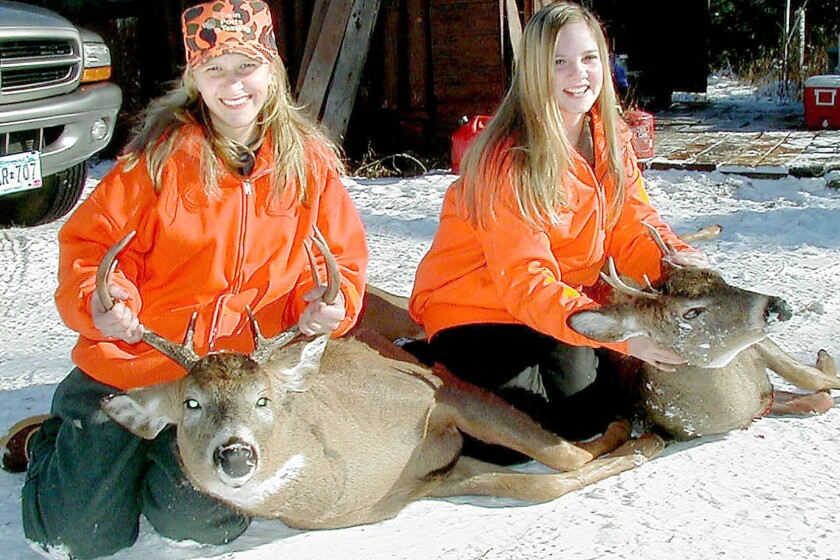
Credit: www.duluthnewstribune.com
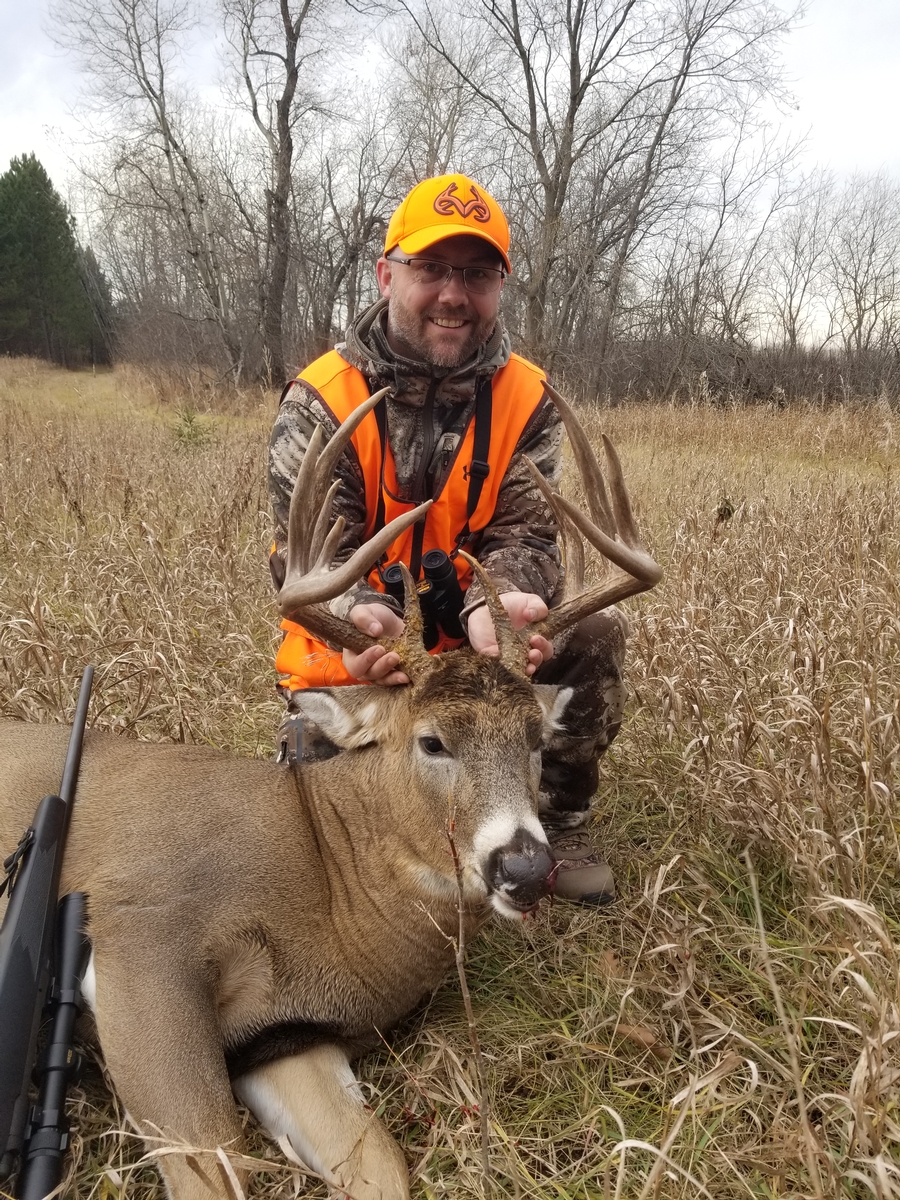
Credit: www.clearwatercountyoutfitters.com
Frequently Asked Questions
When Does Deer Hunting Season Start In Minnesota?
Deer hunting season in Minnesota typically starts in early November. Exact dates may vary by year and zone.
How Long Is Deer Hunting Season In Minnesota?
The deer hunting season in Minnesota usually lasts around two weeks. Specific dates depend on the hunting zone.
Do You Need A License For Deer Hunting In Minnesota?
Yes, a license is required for deer hunting in Minnesota. Hunters must purchase the appropriate license before hunting.
What Types Of Deer Can You Hunt In Minnesota?
In Minnesota, hunters can hunt both white-tailed deer and mule deer. Specific regulations apply to each type.
Conclusion
Deer hunting in Minnesota is a cherished tradition. The season usually starts in early November. Check local regulations for exact dates and rules. Prepare your gear and plan your trip in advance. This ensures a safe and successful hunt. Enjoy the beauty of Minnesota’s wilderness.
Happy hunting!
